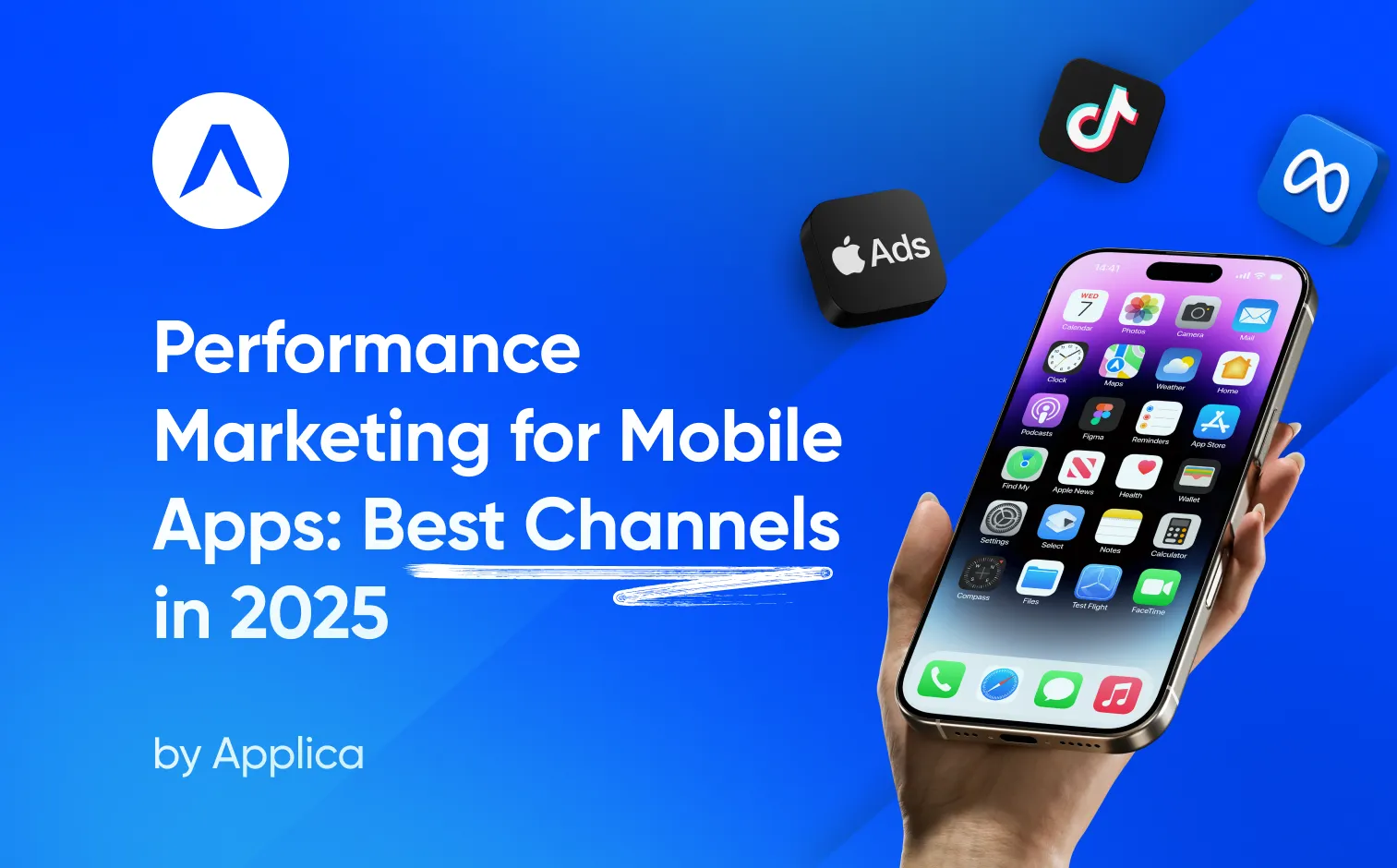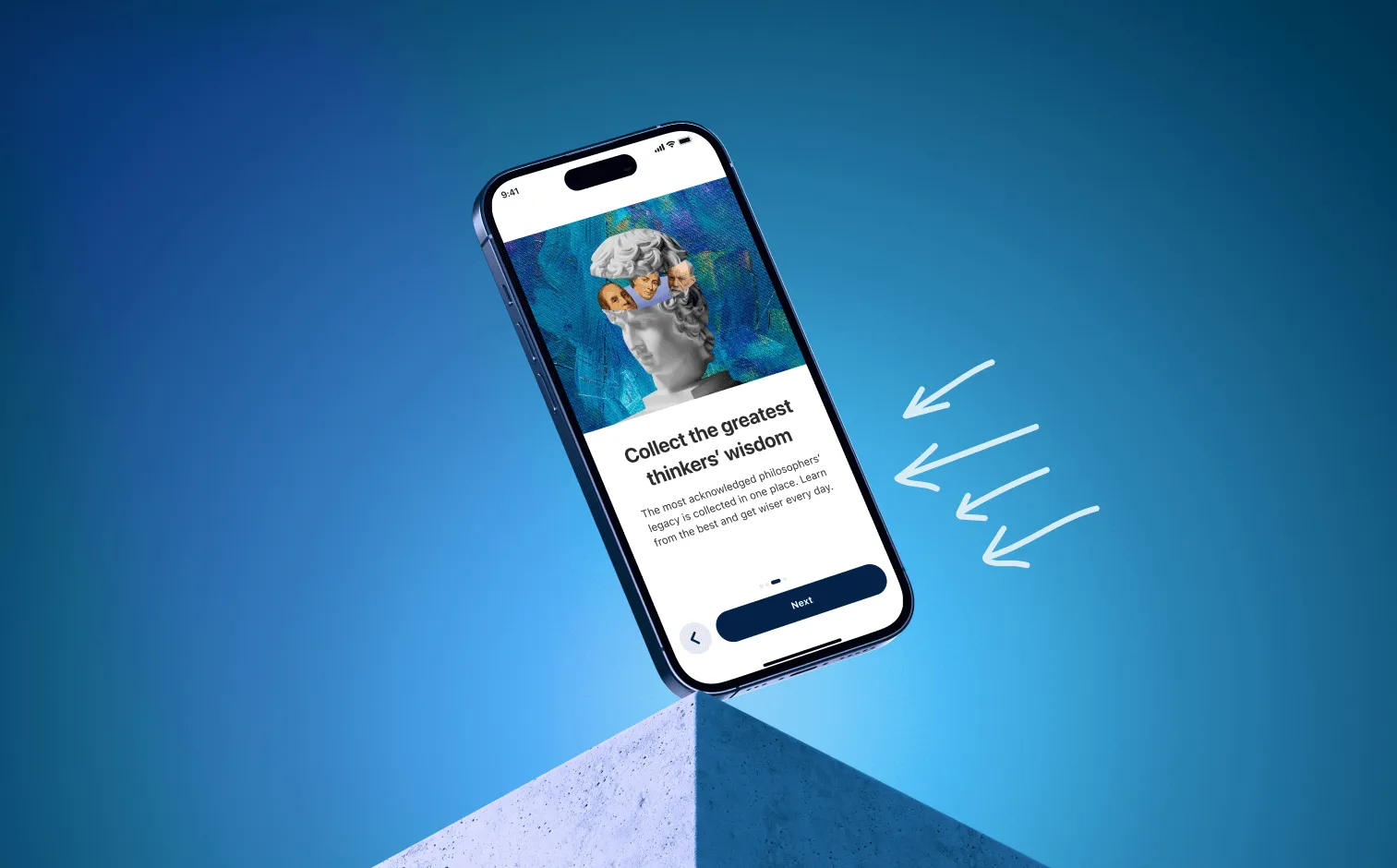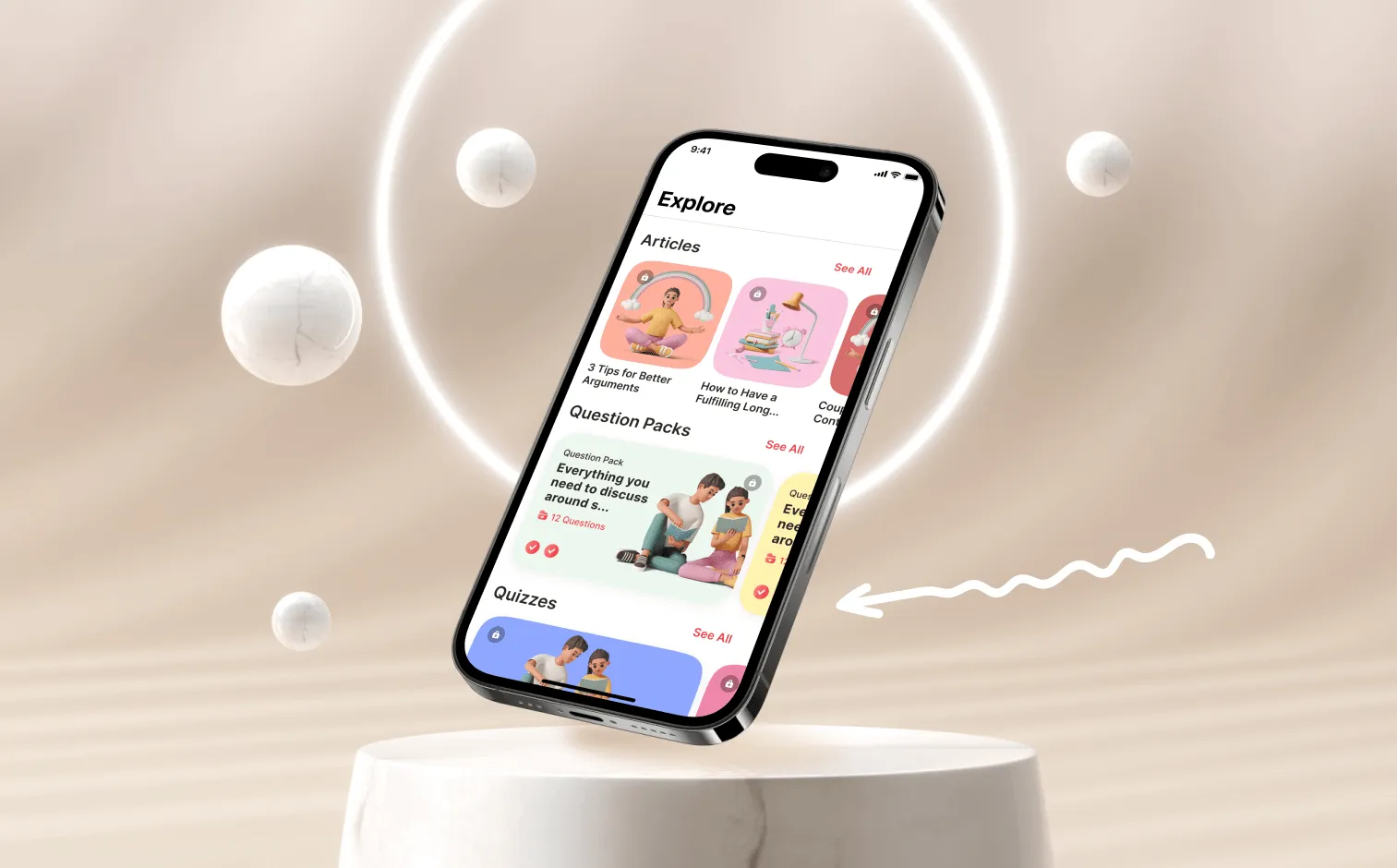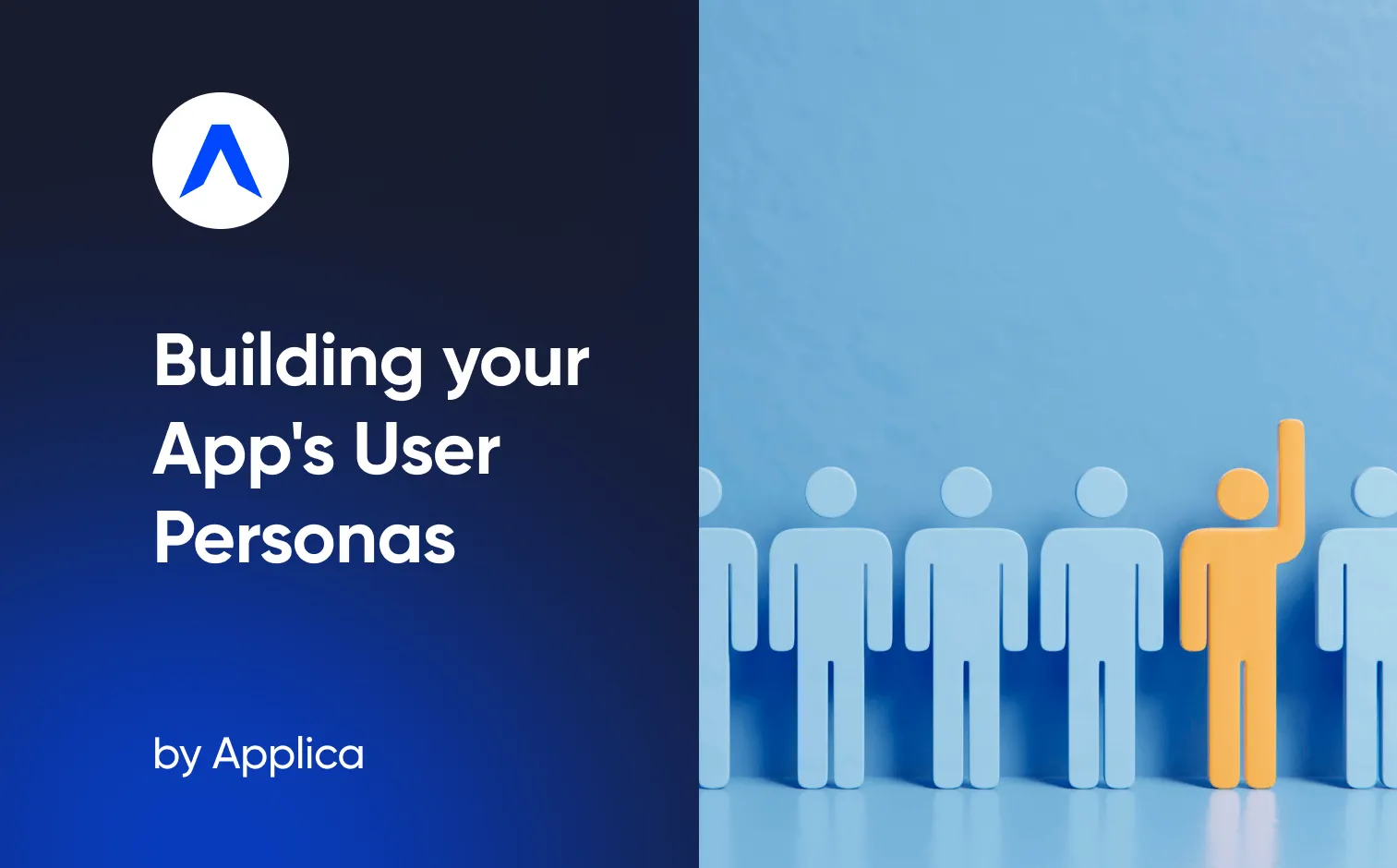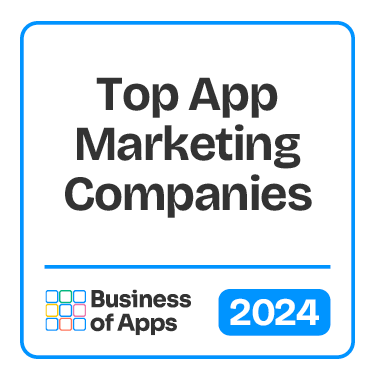Mobile users now spend around 5 hours per day in apps, according to Data.ai’s State of Mobile 2024 report. Meanwhile, global app spending is forecast to reach $233 billion by 2026. With over 4 million apps competing across the App Store and Google Play, performance marketing is essential for scalable mobile growth.
In 2025, savvy app marketers have moved past basic install campaigns. They focus on driving meaningful value events, refining geo performance, and personalizing both ad campaigns and app store listings. Their cross-channel strategies are built to scale efficiently across multiple platforms.
This guide explores the top five performance marketing channels for mobile apps: Apple Ads, Meta, Google, TikTok, and Reddit, showing how each can power growth for mobile apps in 2025.
What is Performance Marketing for Mobile Apps 2025?
In mobile app marketing, performance marketing means putting your budget where the results are: every paid UA campaign is linked to a clear, measurable action: typically an install, registration or in-app conversion (subscription), rather than simply exposure. In 2025, that means app marketers can’t just focus on paid user acquisition and downloads, they need to look ahead and optimize for post-install behavior, lifetime value (LTV), and retention.
Some key data points:
- Global spending on app install ad campaigns is projected to hit US$95 billion in 2025.
- However, merely getting an install isn’t enough: in 2024 the growth rate of paid remarketing conversions (22%) far outpaced the growth in pure paid installs (2%).
Thus, performance marketing channels for mobile apps today must support end-to-end growth: from acquisition through onboarding, to retention and monetization. Paid user acquisition remains the entry point, but the real ROI comes from the right mix of performance marketing channels, creative testing, data-driven optimization, and targeting users who will engage and spend.
Why Is Performance Marketing Important?
Performance marketing is increasingly vital for mobile apps because of several interrelated shifts: rising competition, growing user acquisition costs, tighter measurement and privacy constraints, and the need for sustainable monetization.
Rising costs and competition
With the app ecosystem saturated: hundreds of billions of app downloads, thousands of apps launched daily, retention and monetization are now just as important as acquisition. According to Secure Tower’s State of Mobile 2025 report, global app downloads exceeded 136 billion, and in-app purchase revenue reached about US$150 billion in 2024.
In parallel, CPI and CAC have been rising: many apps now report US$10-30 cost per acquired user in launch phases.
Hence, performance marketing for mobile apps ensures you’re investing budget in actions that matter: installs that convert, users who engage and spend, and stand with the app for a long time (high LTV), not just vanity metrics.
Measurement and accountability
In the age of privacy changes (like the ATT framework by Apple) and declining third-party attribution granularity, marketers must rely on robust measurement, increments in performance and data-driven optimization. For example, the complementarity between paid and organic installs has been discovered: a study found that every US$100 spent on ads resulted in 37 paid and 3 organic installs, showing paid spend drives organic uplift too.
Learn How Applica and Easy App Reports Separated ASA from Organic and Unlocked Real ASO Impact
Therefore, performance marketing frameworks provide the structure to monitor CPI, ROAS, LTV, retention and to efficiently optimize across channels.
Multi-channel and full-funnel growth
Modern performance marketing for mobile apps isn’t just about acquiring users via one channel, it means managing across search, social, web-to-app, owned channels, remarketing, and creative optimization.
Data showsapps using more than one channel see 3.5x more conversions than those using only one.
Thus, performance marketing is critical for mobile apps because it drives efficient acquisition but also ensures those users are retained, bringing revenue and part of an optimized mobile growth engine.
Focus on lifetime value, not just installs
Given higher acquisition costs and saturated user bases, the ROI of an app hinges on how long the user stays, how much they spend, and how they contribute to virality or organic growth. Performance marketing channels allow you to optimize for LTV, not just first installs.
Thus, performance marketing is important because it shifts the mindset from getting installs to getting valuable users.
Performance Marketing Agency Example
Applica is a great example of a performance marketing agency for mobile apps. The agency specializes in paid user acquisition and data-driven growth across leading performance marketing channels such as Apple Ads, Google UAC, Meta, and TikTok.
Applica’s customers have reported results like a 4x increase in non-organic installs and over 60% growth in ARPU, proving the effectiveness of performance marketing when managed strategically.

It’s a full-cycle growth partner for mobile brands you can truly rely on. Applica’s ability to navigate privacy-first advertising, using advanced analytics and attribution modeling to track performance across channels, continuous A/B testing, as well as partnering with top-tier mobile marketing tools make this performance marketing agency stand out. For app brands looking to scale efficiently, Applica turns performance marketing into sustainable user growth.
Start scaling your app with Applica
Benefits of Performance Marketing
Performance marketing gives mobile app brands a clear, measurable path to growth. It focuses on concrete outcomes, such as installs, purchases, or subscriptions, enabling mobile marketers to optimize campaigns based on real performance data.
1. Measurable ROI
Performance marketing is built on data. Marketers can track CPI, ROAS (return on ad spend), and LTV to ensure campaigns drive profitable user acquisition. With CPIs averaging $10-30 in 2025, precise optimization of paid UA is key to sustaining growth.
2. Efficient budget allocation
Since spend is tied to results, app developers can quickly shift budgets toward high-performing channels. Platforms like Apple Ads and TikTok provide automated bidding tools that maximize conversions at the optimized cost.
3. Scalable growth
Performance marketing channels for mobile apps make it easy to scale campaigns globally. By testing creatives and audiences, marketers can identify profitable segments, expand reach, and sustain consistent paid user acquisition without guesswork.
4. Data-driven decisions
Continuous feedback from campaign data enables smarter decisions: from creative testing to audience targeting. This makes performance marketing an agile framework that adapts to shifting algorithms and privacy changes.
5. Lower risk and greater flexibility
Because performance marketing is results-driven, brands can reduce wasted spend and adjust campaigns instantly based on performance data. Budgets can shift between channels or creatives with minimal friction, allowing mobile marketers to respond quickly to user trends and optimize paid UA without long-term commitments.
6. Quality over quantity
The true value lies not in the number of installs but in the quality of users acquired. Performance marketing prioritizes retention, engagement, and in-app spending, ensuring every user contributes to long-term revenue.
Key Performance Marketing Channels for Mobile Apps in 2025
In 2025, the most effective performance marketing channels for mobile apps blend precision targeting, privacy-safe measurement, and creative testing. With paid user acquisition costs climbing across categories, choosing the right mix of channels is critical for scalable and profitable growth.
1. Apple Ads (ASA)
Apple Ads remains one of the highest-converting app acquisition platforms, in particular for iOS. With ad placements across the App Store, custom product pages that add value, ASA delivers intent-driven visibility and up to 60% higher conversion rates than display ads.
2. Meta Ads (Facebook and Instagram)
Meta continues to be a performance powerhouse thanks to its algorithmic optimization and vast audience data. In 2025, features like Advantage+ App Campaigns and improved SKAdNetwork integration help marketers track installs and in-app events even in a privacy-focused ecosystem.

Advantage+ app campaign setting on Meta
3. Google App Campaigns (UAC)
Google’s App Campaigns offer full-funnel automation across Search, YouTube, and the Google Play Store. Machine learning helps to optimize bids, targeting, and creatives, making it one of the most efficient platforms for driving global installs and re-engagement.
4. TikTok Ads
TikTok remains a top discovery platform for apps in 2025, especially among Gen Z audiences. Short-form video ads and Spark Ads continue to deliver strong engagement, while TikTok’s AI-based targeting now improves install prediction accuracy year-over-year.
5. Reddit Ads
Reddit has emerged as a cost-efficient niche channel for mobile app performance marketing. Its interest-based communities allow for hyper-relevant targeting and authentic engagement, often yielding lower CPIs in categories like gaming, fintech, and productivity.
Below, we’ll deconstruct each of these channels to understand how they drive installs, engagement, and long-term value for mobile apps in 2025.
Apple Ads (ASA): Capture High-Intent Users on the App Store
Let’s start with Apple Ads (previously Apple Search Ads).
Why it matters
Apple Ads (ASA) remains one of the most effective performance marketing channels for mobile apps in 2025. More than 60% of all App Store installs come directly from search results, highlighting the high intent of users actively looking for apps. Other ASA placements, including the Search Tab, Product Pages, and Today Tab, allow mobile advertisers to reach users at different stages of their decision journey across the App Store.
Key Apple Ads stats (2025)
- Median cost-per-tap (CPT): $0.92 (benchmark across search results campaigns)
- Average conversion rate: 60%+, according to Apple.
Apple Ads best practices
Target high-intent keywords
Focus on keywords that match user intent and app use cases (e.g., “budget planner app,” “AI photo editor”). Apps using highly relevant search terms see up to 3x higher conversion rates than generic keywords.
Leverage custom product pages
Tailor App Store pages for specific campaigns or audiences. CPPs can increase installs by 10-30% by aligning messaging with user intent.
Run geo-segmented campaigns
Segment campaigns by region to capture localized traffic and account for differences in search behavior and competition. Localized campaigns can reduce CPI by 15-25%.
Use broad match keywords strategically
Broad match can help discover high-performing search queries while still capturing high-intent users, and increasing reach.
Run seasonal campaigns
Leverage holidays, app-specific events, or peak usage periods to increase installs and engagement. Resort to custom product pages during holiday campaigns. Seasonal campaigns can improve CPI efficiency and boost in-app conversions.
Apple Ads placements

Search Results
Search results ads appear when users actively search for keywords on the App Store, capturing users with clear intent and consistently delivering the highest conversion rates.
Search Tab
Search tab ads display before users type a query, reaching audiences in the discovery phase and helping new apps gain visibility early in the decision journey.
Product Pages
Product page ads appear on relevant app pages within the App Store, allowing for contextual targeting to users already exploring similar apps or categories.
Today Tab
The Today tab is Apple’s premium ad placement, offering full-screen visibility on the App Store’s front page. Ideal for brand awareness and new app launches, it reaches users at a high-intent but broader discovery stage.
Custom product pages
Custom product pages (CPPs) allow app marketers to create tailored versions of their App Store page for specific campaigns, audiences, or regions. By aligning messaging, screenshots, and app previews with user intent, CPPs can significantly improve conversion rates compared to the default page.


Creating an App Store custom product page
Key tips for CPPs:
- Highlight features or benefits most relevant to the target audience (e.g., “budget tracking” for Finance apps, “daily workout” for Health & Fitness apps).
- Align page content with the keywords used in Apple Ads to maintain message consistency.
- Use multiple CPPs to test different audience segments or geographic regions, without affecting the main product page.
- Leverage deep links that have been recently introduced for custom product pages.
- Since CPPs now rank organically, revise your keyword strategy.
Pro Tip: Now up to 70 custom product pages are available instead of 35. Leverage this opportunity smartly: use them for both organic and for paid UA campaigns.
Meta Ads (Facebook & Instagram): Scaling Reach with Precision
Why it matters
Meta Ads (Facebook and Instagram) remain a cornerstone of performance marketing for mobile apps in 2025. With billions of active users and advanced optimization, Meta enables advertisers to drive both installs and in-app conversions efficiently. Its Advantage+ App Campaigns automatically optimize placements and targeting to identify high-value users, which is particularly useful for paid user acquisition in competitive verticals.
Key Meta stats (2025)
- Average cost per install (CPI): $1.00 to $3.00 (for Facebook)
- Advertisers using Meta’s Advantage+ (AI-optimized) campaigns have reported up to 32% higher ROAS compared to non-automated campaigns.
Meta best practices
- Use Advantage+ App Campaigns for automated audience and placement optimization.
- Run lookalike audiences based on LTV-positive cohorts to scale efficiently.

Lookalike audiences on Meta
- Leverage retargeting to re-engage users and reduce acquisition costs.
- Optimize ad delivery windows per geo-region time zones for maximum engagement.
- Run seasonal campaigns to capture high-traffic periods and boost installs and in-app activity.
Google App Campaigns: Full-Funnel Optimization Across Search and Display
Why it matters
Google App Campaigns leverage machine learning to automate ad placements across Search, Display, YouTube, and Google Play, ensuring comprehensive coverage of the app acquisition funnel. This approach streamlines campaign management and enhances user targeting, making it a pivotal tool for mobile app marketers in 2025.

A Google App Campaign run by Applica’s team for AirHelp
Key Google App Campaigns stats (2025)
- Median click-through rate (CTR): 3.31% for mobile app campaigns on Google Ads
- Average cost per click (CPC): $0.73 across Google Ads platforms
Best practices
- Diversify creative assets: Upload a variety of ad creatives, including text, images, and videos, to enable Google's machine learning to optimize placements effectively.
- Leverage smart bidding: Utilize automated bidding strategies like Target CPA or target ROAS to align with your campaign goals and enhance performance.
- Optimize for in-app events: Focus on high-value in-app actions, such as sign-ups or purchases, to improve ROAS.
- Monitor performance metrics: Regularly review key performance indicators (KPIs) like CTR, CPC, and conversion rates to assess and adjust campaign strategies.
TikTok Ads: Short-Form Video Campaigns for Apps
Why it matters
TikTok continues to dominate the short-form video area, making it a prime channel for app marketers aiming to engage Gen Z and Millennials. With over 1.59 billion users globally, TikTok offers unparalleled reach and engagement opportunities.
Key TikTok ads stats (2025)
- Average click-through rate (CTR): 0.84%
- Cost Per Click (CPC): $1.00
- Spark Ads engagement: Generate 142% higher engagement rates compared to standard In-Feed Ads.
Best practices
- Native-style video ads: Create ads that blend seamlessly with organic content to enhance user engagement.
- Micro-influencer collaborations: Partner with micro-influencers for authentic storytelling that resonates with audiences.
- Geo-optimization: Tailor hashtags, captions, and audio trends to specific markets to increase relevance and engagement.
- Leverage Spark Ads: Utilize Spark Ads to boost engagement and conversion rates by promoting user-generated content.
- Localization: Implement dual-language captions and region-specific challenges to expand reach and connect with target audiences.
Reddit Ads: Niche Targeting and Community Engagement
Why it matters
Reddit offers a unique performance marketing opportunity by combining hyper-targeted audiences with active community engagement. Users on Reddit are highly engaged and often participate in topic-specific communities (subreddits), making it ideal for apps targeting niche audiences with strong interest alignment.
Key Reddit ads stats (2025)
- Active users: Reddit reached 108.1 million daily active users in Q1 2025, marking a 31% year-over-year increase.
And some other indicators by AdBacklog:
- Average click-through rate (CTR): Typical CTR on Reddit Ads ranges from 0.2% to 0.3% baseline, with 0.5% to 1.0% common in high-interest categories with strong creative.
- Cost per click (CPC): CPC for Reddit Ads varies from $0.10 to $0.80 for most consumer campaigns, and $0.50 to $2.00 in narrow B2B/SaaS targeting.
- Conversion rate (CVR): Conversion rates on Reddit Ads are approximately 2-8% for low-friction actions and 1–3% for higher-consideration purchases.
- Cost per install (CPI): Reddit Ads can achieve a CPI of $5-$20 for consumer apps, which is often lower than broader social campaigns.
Best practices
- Target relevant subreddits: Focus on communities aligned with your app’s niche (r/PersonalFinance for fintech apps).
- Engage authentically: Reddit users value transparency; avoid overly “salesy” messaging.
- Run A/B creative tests to find community-friendly tone and visuals.
Conclusion
Performance marketing is the driving force for mobile apps that want to grow visibility on app stores, drive downloads, re-engage and retain users, and scale. Choosing the right performance marketing channel for your app user acquisition is one of the most important steps, and in many cases, a mix of channels brings the best results.
To help you make the most of it, you can rely on an app marketing agency like Applica. We have years of hands-on experience running paid UA campaigns for leading app industry brands and know how to make channels work together. For example, in one recent case study with a navigation app, we utilized a high-performing Meta ad creative for Apple Ads, and achieved outstanding results.
Ready to Grow Your App in 2025?
FAQ
What is performance marketing for mobile apps?
Performance marketing for apps focuses on measurable outcomes: installs, in-app purchases, subscriptions, or engagement, using data-driven optimization across paid channels like Apple Ads (ASA), Meta Ads, Google App Campaigns, TikTok Ads, and Reddit Ads.
How do Apple Ads differ from Google App Campaigns?
- Apple Ads (previously Apple Search Ads) target users directly within the App Store, showing ads when users search for apps, making them intent-driven and high-conversion.
- Google App Campaigns run ads across Google Search, YouTube, Play Store, and Display Network, using machine learning to optimize placements and reach, offering broader reach but less direct intent.
Which performance marketing channel gives the best ROI for app installs in 2025?
It depends on your app and goals:
- ASA: High-intent installs in iOS categories like Finance or Productivity.
- Meta Ads: Scales broadly, ideal for lifestyle, gaming, and e-commerce apps.
- Google App Campaigns: Automated reach across multiple placements for all verticals.
- TikTok: Drives viral installs and high engagement among Gen Z and Millennials.
- Reddit: Excels in niche communities with lower CPI for targeted audiences.
Which social platform gives the best ROI for app installs in 2025?
- Meta Ads generally deliver the best combination of scale and cost-efficiency, especially with Advantage+ campaigns and lookalike audiences.
- TikTok performs well for engagement-heavy apps targeting younger demographics.
- ROI depends on your app vertical, target audience, and in-app monetization strategy.
How can geo-targeted campaigns improve performance?
Localized creatives, language-specific keywords, and regional offers can reduce CPI by up to 30% and increase retention by 20-40%. Segmenting campaigns by region ensures relevance and higher post-install engagement.
How to run geo-targeted mobile app campaigns effectively?
- Segment campaigns by region or city.
- Tailor ad copy, visuals, and CTA to local languages and trends.
- Schedule ads according to time zones to maximize impressions.



